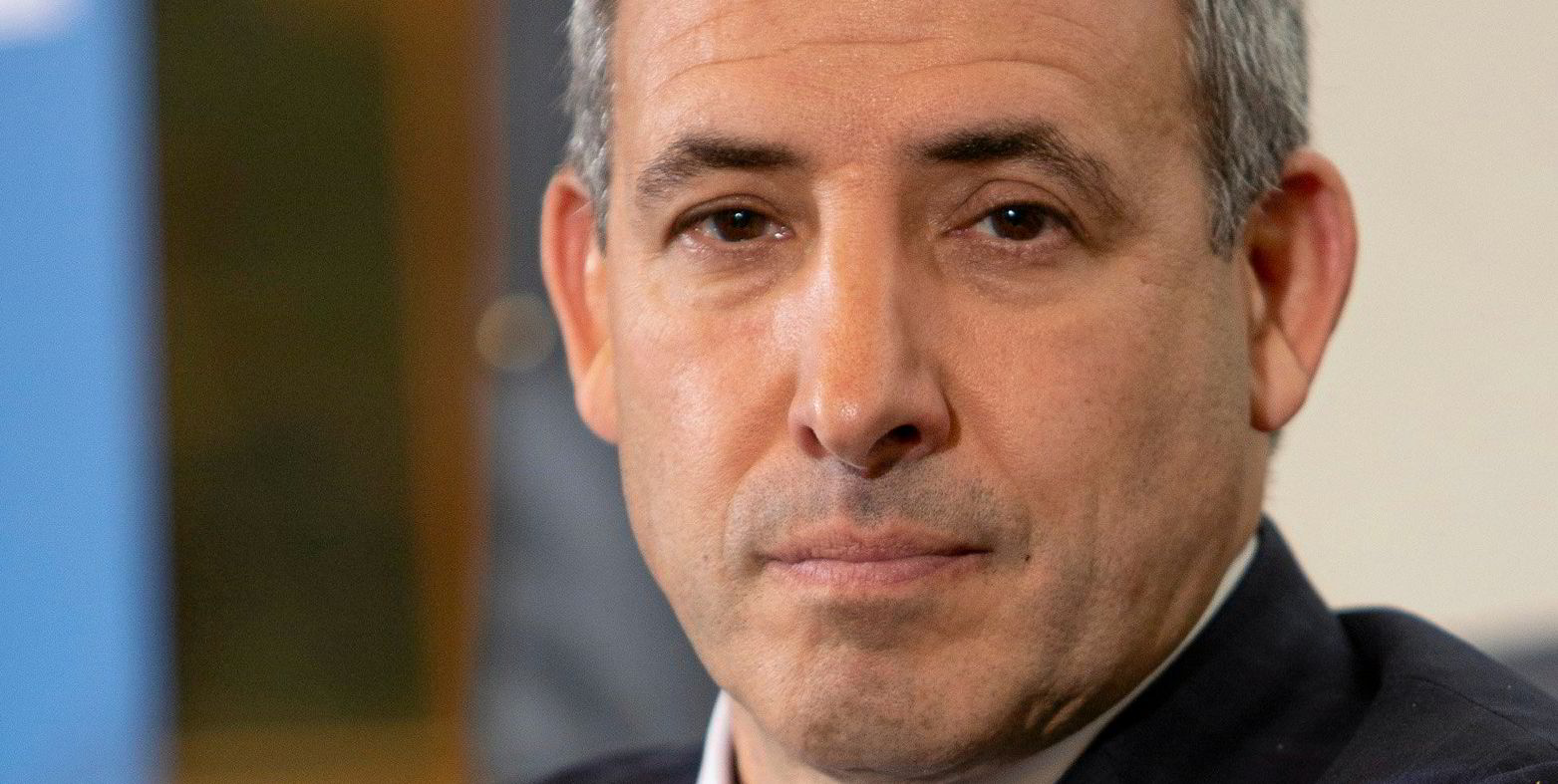The pandemic has created capital markets' winners and losers. The so-called winners include technology companies or outfits that can exploit their scale or technologies in a “stay home” orientated economy. Those companies continue to attract capital at high-equity valuations.
After a year like no other, TradeWinds asked 40 shipping industry stakeholders what they see for 2021 after a year beset by the coronavirus, and how the pandemic will shape shipping's future.
At the other end of the spectrum are shipping outfits (beloved by us, but ignored by most investors). Valuations have suffered across the shipping sector, with the substantial majority of shipping companies trading at sharp discounts to net asset values. Cash flows have generally declined in the tanker and bulker sectors, with better performance in the container sector. Across the shipping landscape, equity capital is scarce and expensive. And bank debt and other sources of debt capital is not plentiful either.
So, what are the impacts? The first is that less capital means less industry growth (fewer newbuildings). Second, the sale-and-purchase market will likely be quieter than normal, with assets values that are likely to stay restrained as there is less capital to support market opportunities.
Third, the much discussed consolidation trend will be muted, particularly between private and public companies as the “look through value” of merger consideration is dampened by the lower equity values by public company acquirer, and hence values will not be compelling to sellers.
Fourth, we would expect to see more share repurchase activity and more “go private transactions” as companies see less value in their public listings, given low equity valuations and a lack of available capital from the market.
Is there a silver lining? Yes. Less capital and lower asset values mean those companies that are strong enough to be countercyclical will be able to buy assets at attractive values and realise strong returns on invested capital. Eventually, the market will support that group of companies.





